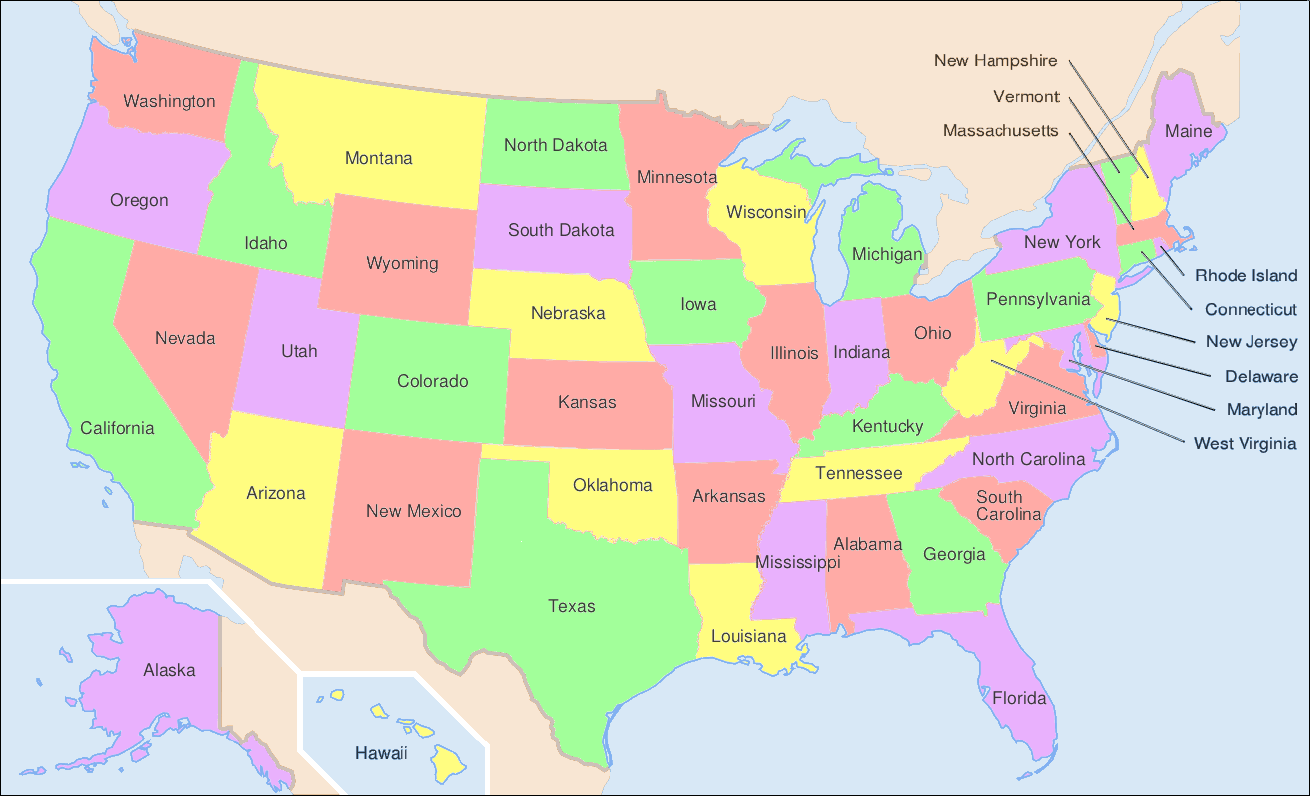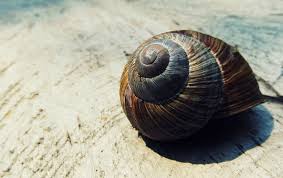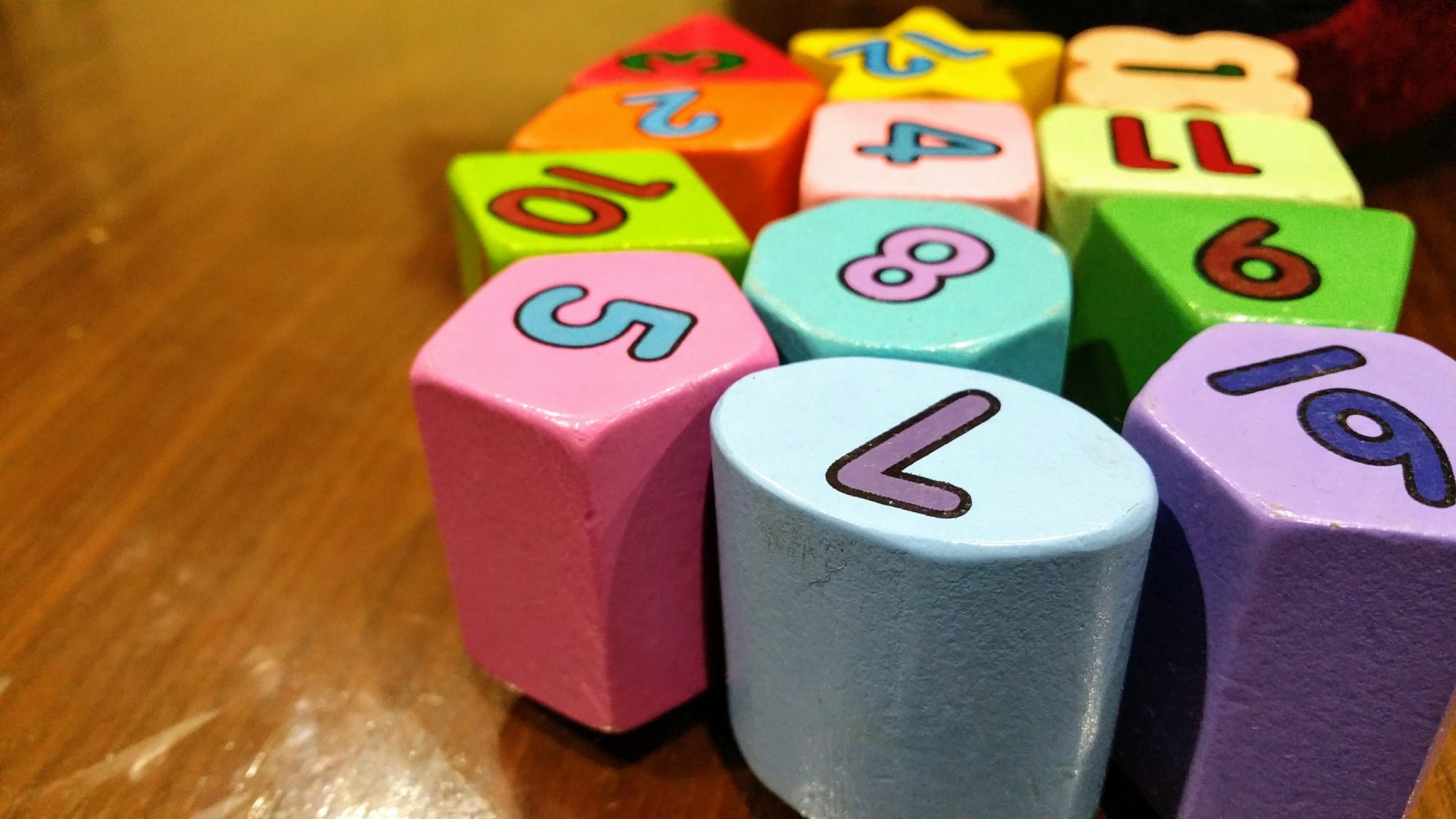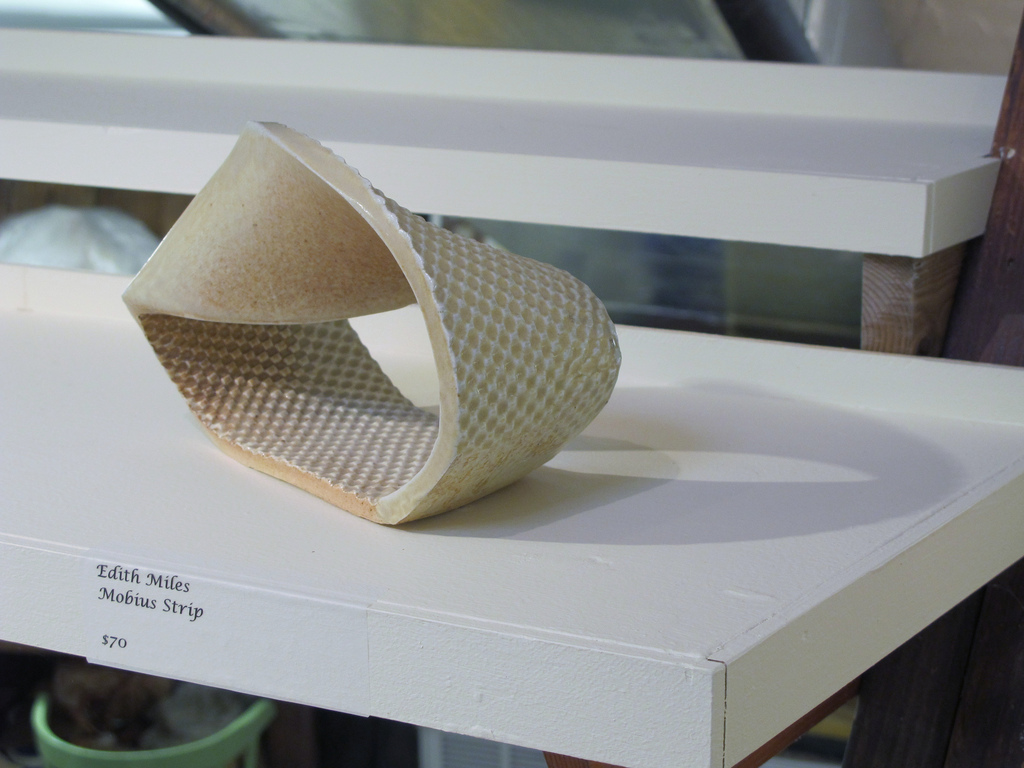Step 1
First start by creating the cardboard squares for the game. Glue the white card to one side of a sheet of cardboard and black card to the other. Cut your 2 toned sheet into 30- 50 squares (the fewer squares, the less time the game will take to play out, see ‘Alterations to method’). Finally, label each square in a sequence from 1 to the number of squares you’ve cut out. Do this on both coloured sides of paper.
Step 2
Start the game by laying down the labeled cardboard squares in rows of 10 with the black side facing up. In number order starting from 1.
Step 3
Explain that 1 is a factor in all numbers, so you start on an odd number of factors (black side up). Instruct the participant that they are to flip over every numbered square for which the number 2 is a factor (i.e. 2,4,6,8 etc). Ask the participant to repeat this for numbers which have the number 3 as a factor, then 4 as a factor, etc. all the way up to the highest number on a square in the game. Before the participant begins, ask them which numbers they think will be white and which ones they think will be black at the end of the game and why.
Step 4
Participants now begin to flip over the squares, starting with those that have 2 as a factor etc. Once they are finished the board should look like that in Figure 1 (depending on the number of squares).

Step 5
Check the participant has correctly flipped each square and that their grid matches Figure 1. Ask if they notice anything in common about the black squares. Hopefully they should notice that all the black squares are square numbers.
Step 6
Explain that only square numbers have an odd number of factors (black cards). All other numbers have an even number of factors (white cards).
The total number of cardboard squares to use is left for the demonstrator to decide. 30 to 50 squares are the recommended number to use as this allows participants to clearly see an emerging pattern, without the game taking too long, thus risking a loss of engagement.
Cardboard squares are a possible choking hazard for small children. Care must be taken to make large squares if this game is to be played in a public/family setting.
Care must be taken when cutting the cardboard into squares.
Two intrepid explorers find an ancient temple deep in a rainforest, finding what appears to be a large stone door blocking the entrance surrounded by mysterious runes. Your partner is able to translate the runes, describing an ancient civilization that loved mathematics, for which this temple was a monument to show their appreciation. Your partner then points out a grid of runes which represent numbers from one to fifty, and says that only those who are familiar with factors can enter the temple, those who do not share their love of maths that still try to enter will meet a terrible fate. You must only press on the numbers that have an odd number of factors to unlock the giant stone door. Being careful explores who do love maths, but do not want your expedition to come to an abrupt end, you pull out of your backpack a set of cards and pens, and go through the numbers carefully. After a few minutes you are confident you know which runes to press, you hold your breath and press the runes…….
What are factors?
A factor is a whole number that will divide into another number exactly. E.g. factors of 10 are 1,2,5,10.
Do you think there will be more white or black squares left over at the end of the experiment?
Numbers are more likely to have an even number of factors, so the board will contain mostly white squares.
What is the common link between the numbers on all the remaining black squares?
They are all square numbers.
Why do all the black squares contain square numbers?
All square numbers have an odd number of factors e.g. the number 9 has 3 factors 1,3, and 9.
Do you think this pattern will continue for higher numbers?
Yes. This pattern continues indefinitely. All square numbers will possess a black square.
A number may be written down as a product of 2 of its factors uniquely. For example, the number 12, has 1,2,3,4,6,12 as factors. Indeed, the numbers (1,12), (2,6), (3,4) form pairs whose product is 12.
The square numbers are the exception to this rule. If we take the number 16 for example, this has factors 1,2,4,8,16. The numbers (1,16), (2,8) and (4,4) form pairs whose product produces the number 16. However 4 is only counted as a factor once.
A number may be written down as a product of 2 of its factors uniquely. For example, the number 12, has 1,2,3,4,6,12 as factors. Indeed, the numbers (1,12), (2,6), (3,4) form pairs whose product produces 12.
The square numbers are the exception to this rule. If we take the number 16 for example, this has factors 1,2,4,8,16. The numbers (1,16), (2,8) and (4,4) form pairs whose product produces the number 16. However 4 is only counted as a factor once.
Therefore all numbers have an even number of factors, with the exception of square numbers which have an odd number of factors.
Whilst conducting the experiment, the aim is to ‘count’ the number of factors a particular integer has. The number 5 started off white, but since it has factors 1 and 5, it is flipped twice and thus remains white. However, the square numbers have an odd number of factors, so they would be flipped an odd number of times and end up with the black side facing up.
Applications
Number theory is an incredibly powerful branch of mathematics all based around integer numbers.
Research
James Maynard at the University of Oxford
https://www.youtube.com/watch?v=J7tP-bG7Lwc
Sequence of Integers Generated by Summing the Digits of their Squares http://eprints.covenantuniversity.edu.ng/5518/#.Xxle3p5KhPY
What would happen if we continued the game with numbers up to 100?







